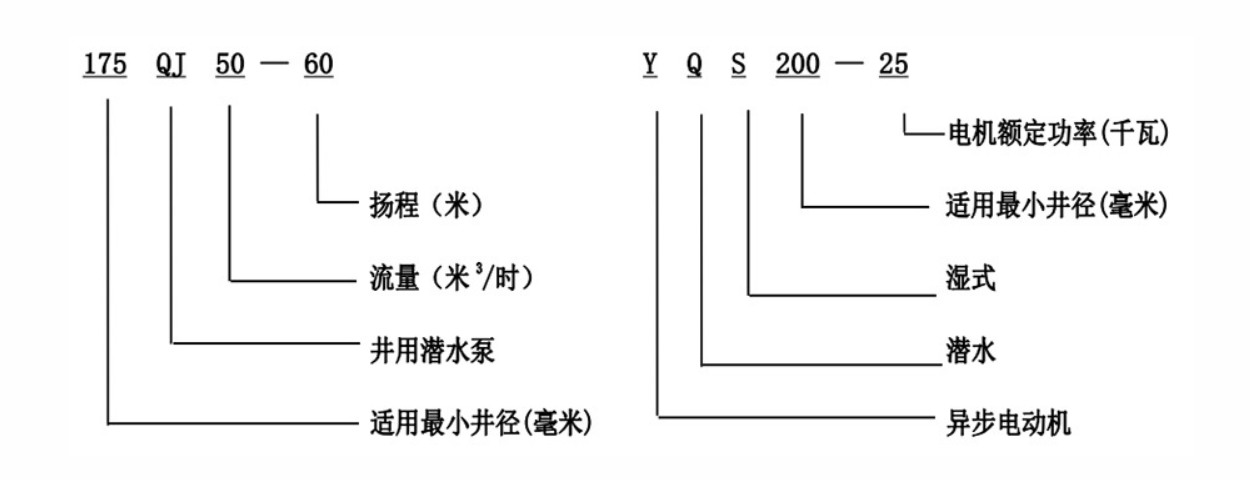Oct . 10, 2024 12:01 Back to list
Electric Submersible Water Pumps for Efficient Water Extraction and Irrigation Solutions
Understanding Electric Submersible Water Pumps A Comprehensive Guide
Electric submersible water pumps are specialized devices designed for moving fluids from one location to another, particularly in conditions where the pump needs to be submerged in the fluid itself. These pumps are widely used in various applications, including agricultural irrigation, sewage and wastewater management, groundwater extraction, and industrial applications.
How They Work
The operation of an electric submersible pump (ESP) is relatively straightforward. The pump consists of a motor and a pump body, both of which are sealed to prevent water ingress. When the motor is powered on, it drives an impeller inside the pump, creating a vacuum that draws water into the pump housing. The impeller then pushes the water up through a series of discharge pipes to the surface. This vertical movement of water is particularly effective in deep wells or underground sources, making ESPs ideal for applications where surface pumps would be inadequate.
Key Features
1. Efficiency ESPs are designed to handle high volumes of water efficiently. They can operate at various depths and pressures, which makes them ideal for both small and large scale pumping tasks.
2. Durability Made from high-quality materials such as stainless steel or thermoplastic, electric submersible pumps are resistant to corrosion and wear, ensuring a long operational life even in harsh environments.
electric submersible water pump

4. Low Maintenance Once installed, these pumps require minimal maintenance. Regular checks can help ensure they continue to operate efficiently, but many models are designed to function for years without significant issues.
Applications
The versatility of electric submersible pumps makes them suitable for a wide array of applications
- Agriculture Used for irrigation purposes and draining fields to optimize crop yield. - Construction Ideal for dewatering excavations and building sites. - Wastewater Management Efficiently moves sewage and wastewater to treatment facilities. - Residential Use Commonly used in home drainage systems and for pumping water from wells.
Choosing the Right Pump
When selecting an electric submersible pump, several factors should be considered
1. Depth of Water Source Ensure the pump can operate at the required depth. 2. Flow Rate Determine how much water needs to be moved and select a pump that can handle that capacity. 3. Power Supply Most ESPs require an electrical power source; ensure that your chosen pump is compatible with your power supply.
In conclusion, electric submersible water pumps play a vital role in numerous applications, providing an efficient and reliable means of fluid movement. Understanding their features, applications, and selection criteria can help individuals and businesses make informed decisions when it comes to water pumping needs. Whether for agricultural, residential, or industrial use, the electric submersible pump is a valuable tool in ensuring water is where it’s needed most.
-
Submersible Water Pump: The Efficient 'Power Pioneer' of the Underwater World
NewsJul.01,2025
-
Submersible Pond Pump: The Hidden Guardian of Water Landscape Ecology
NewsJul.01,2025
-
Stainless Well Pump: A Reliable and Durable Pumping Main Force
NewsJul.01,2025
-
Stainless Steel Submersible Pump: An Efficient and Versatile Tool for Underwater Operations
NewsJul.01,2025
-
Deep Well Submersible Pump: An Efficient 'Sucker' of Groundwater Sources
NewsJul.01,2025
-
Deep Water Well Pump: An Efficient 'Sucker' of Groundwater Sources
NewsJul.01,2025
-
 Submersible Water Pump: The Efficient 'Power Pioneer' of the Underwater WorldIn the field of hydraulic equipment, the Submersible Water Pump has become the core equipment for underwater operations and water resource transportation due to its unique design and excellent performance.Detail
Submersible Water Pump: The Efficient 'Power Pioneer' of the Underwater WorldIn the field of hydraulic equipment, the Submersible Water Pump has become the core equipment for underwater operations and water resource transportation due to its unique design and excellent performance.Detail -
 Submersible Pond Pump: The Hidden Guardian of Water Landscape EcologyIn courtyard landscapes, ecological ponds, and even small-scale water conservancy projects, there is a silent yet indispensable equipment - the Submersible Pond Pump.Detail
Submersible Pond Pump: The Hidden Guardian of Water Landscape EcologyIn courtyard landscapes, ecological ponds, and even small-scale water conservancy projects, there is a silent yet indispensable equipment - the Submersible Pond Pump.Detail -
 Stainless Well Pump: A Reliable and Durable Pumping Main ForceIn the field of water resource transportation, Stainless Well Pump has become the core equipment for various pumping scenarios with its excellent performance and reliable quality.Detail
Stainless Well Pump: A Reliable and Durable Pumping Main ForceIn the field of water resource transportation, Stainless Well Pump has become the core equipment for various pumping scenarios with its excellent performance and reliable quality.Detail
